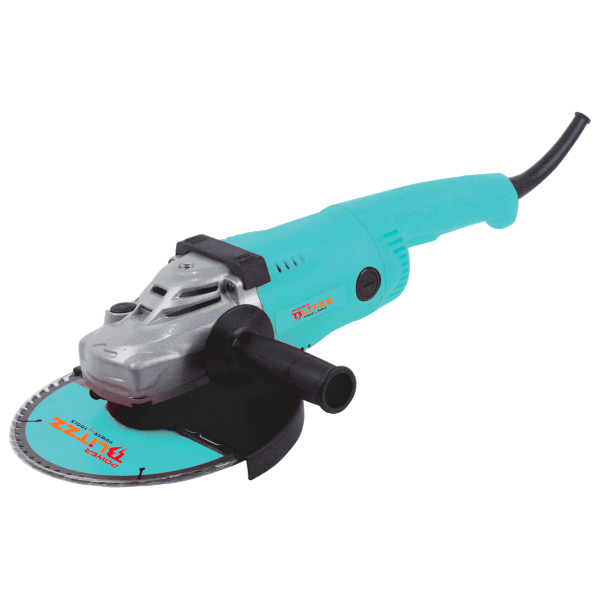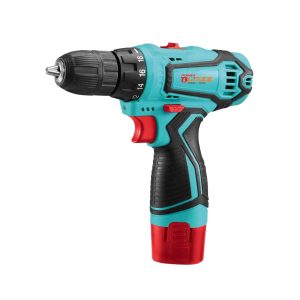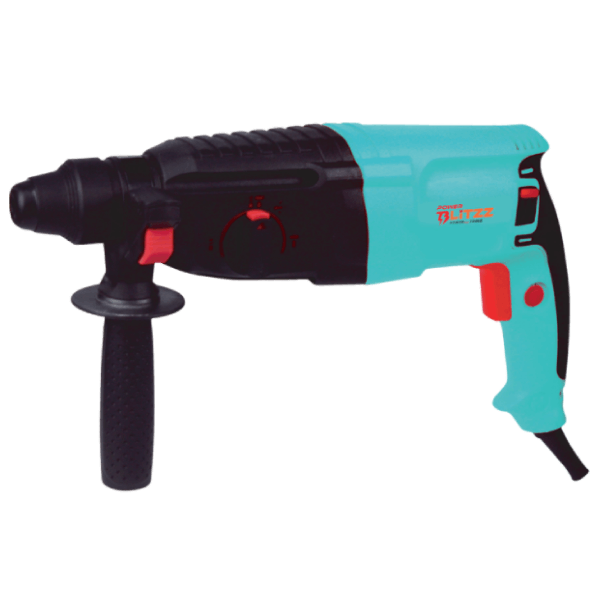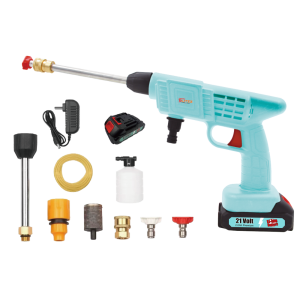

A Guide to Negotiating with Power Tools Suppliers
Negotiating the best deal with power tool suppliers is an important skill that can have a big impact on your company’s bottom line. When it comes to establishing or strengthening connections with suppliers, using good negotiation methods becomes critical
Practical advice to help you effectively negotiate with power tools suppliers
Before you negotiate, first understand your needs.
It is critical to have a thorough grasp of your business demands before going into discussions with a power tools supplier. Determine the precise power tools needed, the quantities required, and any additional services such as delivery schedules and post-purchase support.
Knowing your needs allows you to negotiate from a position of strength, enhancing your chances of obtaining acceptable terms.
Investigate the Market and the Supplier Landscape
Knowledge is an effective negotiation weapon. Conduct an extensive study on the present market situation for power tools and become acquainted with the many suppliers available.
Understand pricing trends, quality requirements, and customer feedback for various brands.
You can negotiate more confidently and use market insights to your advantage if you have this information.
Create Clear Communication Channels
Successful negotiations are built on effective communication. Establish clear and open communication routes with your power tool supplier.
Outline your expectations, specs, and any issues you have. Encourage your provider to be transparent and honest about their terms, pricing structures, and any potential issues. Clarity fosters a favourable bargaining climate.
Make Use of Long-Term Commitments
Long-term connections with persistent buyers are generally valued by suppliers. Express your desire to form a long-term collaboration and question about any incentives or discounts available for long-term commitments.
You may be able to access additional benefits that contribute to a mutually advantageous agreement by declaring your commitment to be a dependable, recurring customer.
Look for win-win situations.
Negotiations should aim for a win-win situation in which both sides are satisfied with the conclusion. Be willing to compromise and explore creative solutions that fulfil the needs of the supplier while remaining within your budget and standards.
Building a positive and collaborative connection sets the stage for future negotiations and ensures a more seamless ongoing engagement.
Consider Value-Added Services in addition to Price Negotiation
While price is an important consideration, don’t focus primarily on it during negotiations. Investigate the value-added services that suppliers may provide, such as extended warranties, training programs, or customized solutions.
These added benefits can increase the overall value of the transaction and lead to a more comprehensive, long-term collaboration.
In Conclusion
Negotiating with power tools suppliers requires a combination of planning, communication, and a collaborative approach. You may improve your negotiation abilities and achieve deals that benefit both you and your power tool supplier if you understand and apply the strategies presented in this post.
Remember that good negotiations are about more than just getting the cheapest price; they are also about developing long-term partnerships that contribute to your company’s growth and success.

Copyright © 2024 – Power Blitzz– All rights reserved.




